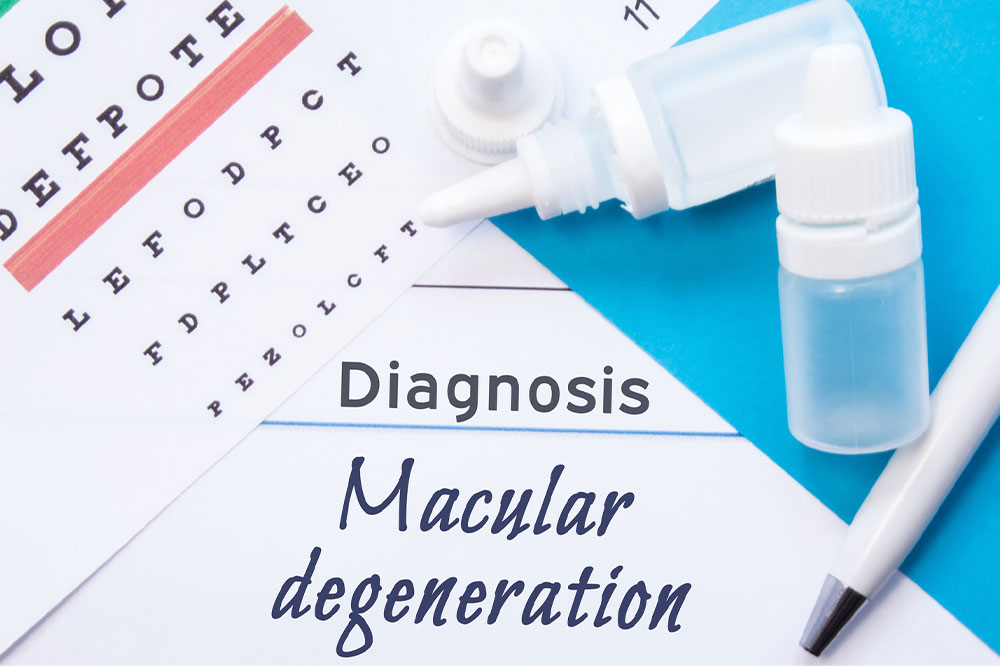
Vasculitis – Types, early signs, and more
Vasculitis, or angiitis, is an autoimmune health disorder. It damages the blood vessels due to the severe inflammation that leads to their swelling and hardening. Therefore, the blood is unable to flow smoothly, resulting in organ and tissue damage. Although vasculitis is not preventable, one can delay symptom progression and prevent complications by watching out for the early signs. Here are some of the types, early signs of vasculitis, causes, diagnosis, and treatment options.
Types of vasculitis
There are more than 30 types of vasculitis. Depending on which blood vessels are affected, a doctor will determine the vasculitis type. Some of the known types include the following.
Behcet’s disease
Buerger disease
Churg-Strauss syndrome
Cryoglobulinemia
Giant cell arteritis
Granulomatosis with polyangiitis
Henoch-Schonlein purpura
Kawasaki disease
Takayasu’s arteritis
Early signs of vasculitis
Some of the early signs and symptoms are common across all types of vasculitis.
Breathing difficulties
When vasculitis reaches the lungs, tears begin to develop in the healthy tissues. This can cause disruption in the respiratory function. Over time, this leads to pneumonia-like symptoms as well as breathing difficulties, wheezing, and coughing. These symptoms may worsen after any physical activity, such as climbing stairs, running, and lifting a heavy object. In some cases, there can be internal lung bleeding, due to which blood may appear in the cough.
Numbness and pain
If vasculitis spreads to the peripheral nerves, inflammation is triggered under the surface of the skin. This leads to shooting pains in extremities such as fingers and toes. The pain is generally followed by feelings of numbness and tingling sensation in the affected parts, especially in the arms and legs.
Weakness and fatigue
With inflammation advancing in the body, one may experience persistent weakness. In most cases, the weakness is experienced in only one side of the body. In addition, there is a constant feeling of fatigue, which does not go away after rest. Sometimes, one may also experience a general feeling of sickness, with the immune system getting weaker as the vasculitis progresses.
Joint problems
Vasculitis can also occur in the blood vessels that surround the joints. The inflammation in these blood vessels can trigger sharp joint pains. This affects mobility and limits the range of motion of the affected joints. As a result, it becomes difficult to perform daily routine activities. The intensity of the pain depends on the severity of the inflammation.
Kidney problems
Since all the blood flows through the kidney for the detoxification process, the inflammation of blood vessels can impair kidney function. Furthermore, inflamed blood vessels may accumulate in the kidneys, increasing the risk of organ failure, particularly in those with pre-existing kidney conditions. One of the tell-tale signs of kidney damage due to vasculitis is the presence of blood in urine.
Other notable signs and symptoms include the following.
Ear and nose problems, such as sinus infections, open sores in the nose, inner ear infections, ringing in the ears, a runny nose, and hearing loss.
Eye problems such as redness, burning, itching, and changes in vision
Gastrointestinal tract problems, including open sores in the mouth or abdomen, diarrhea, abdominal pain, and vomiting blood
Scalp tenderness and headache
Heart palpitations
Skin rashes, like the development of purple or red spots or bumps, splotches, clusters of small dots, hives, bruises, and itching.
Dry and swollen tongue or lips with swelling in the throat and mouth
Causes and risk factors for vasculitis
It is not yet known what exactly causes vasculitis. Most types of cases are usually associated with genetics. In other cases, it results from the immune system mistakenly attacking healthy blood cells. This reaction can occur due to various triggers, including the following:
Infections including hepatitis B and hepatitis C
Blood cancer
Other autoimmune health problems like rheumatoid arthritis, lupus and scleroderma
Reactions to certain prescriptions
While vasculitis may occur in anyone, there are certain factors that make a person more susceptible. Some of the common risk factors include the following.
Family history
If a parent, sibling, or any closely related family member has Behcet’s disease, Kawasaki disease, or granulomatosis with polyangiitis, it may increase the risk.
Lifestyle choices
Certain unhealthy lifestyle choices can make one highly prone to vasculitis.
Gender
It has been observed that certain types of vasculitis, such as giant cell arteritis, are more common in women, while other types, like Buerger’s disease, are more common in men.
Diagnosis
If one is experiencing multiple symptoms of vasculitis and has a high risk, it is essential to consult a doctor to get a correct diagnosis. The process of diagnosis begins by examining the overall health history. This is followed by a physical exam. The doctor will then recommend several diagnostic tests and procedures, which may include these.
Blood tests
These tests are used to look at certain parameters that may indicate whether one has vasculitis.
Imaging tests
These include X-rays, positron emission tomography (PET), and computerized tomography (CT). These are used to examine which organs and blood vessels are affected.
Angiography
This diagnostic procedure involves inserting a flexible catheter into a large vein or artery. Using a special dye injected into the catheter and through X-rays, doctors observe whether there is any change in the blood vessels.
Biopsy
In this procedure, a small sample of tissues from the affected area is extracted. It is examined under a microscope to check for signs of vasculitis.
Treatment options
Vasculitis is not curable. Therefore, most treatment options involve the management of symptoms. In addition, early diagnosis and treatment help in delaying the progression of the disease. In most cases, prescriptions are used to manage the inflammation of blood vessels. In cases where complications such as aneurysm occur, surgery is done to minimize further issues.




